Search
Search Results
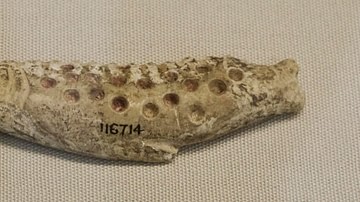
Article
The Home of the Fish
The Home of the Fish is a Sumerian poetic monologue, most likely from the Ur III Period (2047-1750 BCE), in which the speaker tries to coax various fish into a newly built home. The meaning of the poem depends on whether the speaker is sincere...
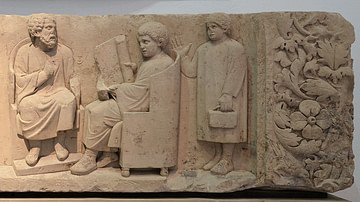
Article
Teaching From Home: Free Resources for Teachers and Parents
Schools are closed in most countries and everyone has to adapt to a new reality of online learning. It is not easy for students, teachers and parents alike. Learning and teaching from home require a different approach. Ancient History...

Image
Chain Home Radar Towers
A number of Chain Home radar towers, used by Britain to detect enemy movements during the Second World War (1939-45), particularly as part of the Dowding System during the Battle of Britain of 1940. These towers were at Poling in Sussex...

Image
Odysseus’ Ten-year Journey Home
A map illustrating the journey home of the Achaean warrior-king Odysseus after the Trojan war. His travel from Troy to Ithaca (and his wife Penelope) took innumerable twists and turns and lasted ten years. Ever since Homer's Odyssey was written...
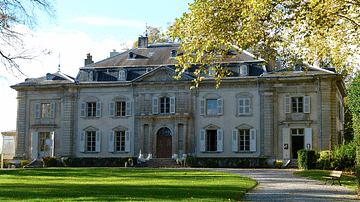
Image
Ferney, Home of Voltaire
Ferney, the home of the author Voltaire (1694-1778) from 1759 until his death. It is located near the French border with Switzerland.
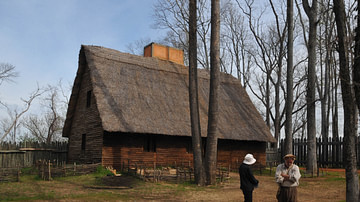
Image
Reconstruction of a Colonist's Home, Henricus Colony
Reconstruction of an English colonist's home at Henricus Colony of Virginia, c. 1611 CE.

Image
Home of Richard Strauss, Garmisch
The former home of the composer Richard Strauss (1864-1949) in Garmisch, Bavaria.
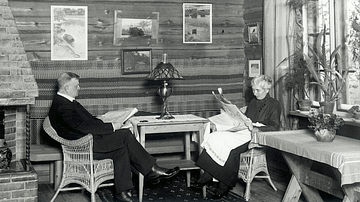
Image
Sibelius and his Wife Reading at Home
A 1915 photograph taken by Eric Sundström of the Finnish composer Jean Sibelius (1865-1957) and his wife reading at their home Ainola, north of Helsinki. (Helsinki City Museum)

Image
Home of Tchaikovsky in Klin
The last home of the Russian composer Pyotr Ilyich Tchaikovsky (1840-1893). He lived here in Klin, outside Moscow, from 1884. Today, the house is a museum dedicated to the composer.
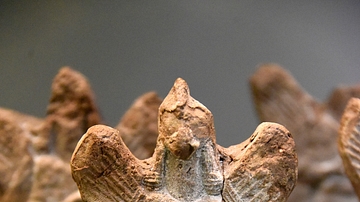
Image
Bird-headed Apkallu for Home Protection
In order to protect the household, these protective figures (apkallu or sage) would be buried beneath the floor in groups of seven. From Nimrud, Northern Mesopotamia, Iraq. Neo-Assyrian Period, 900-612 BCE. (The British Museum, London)